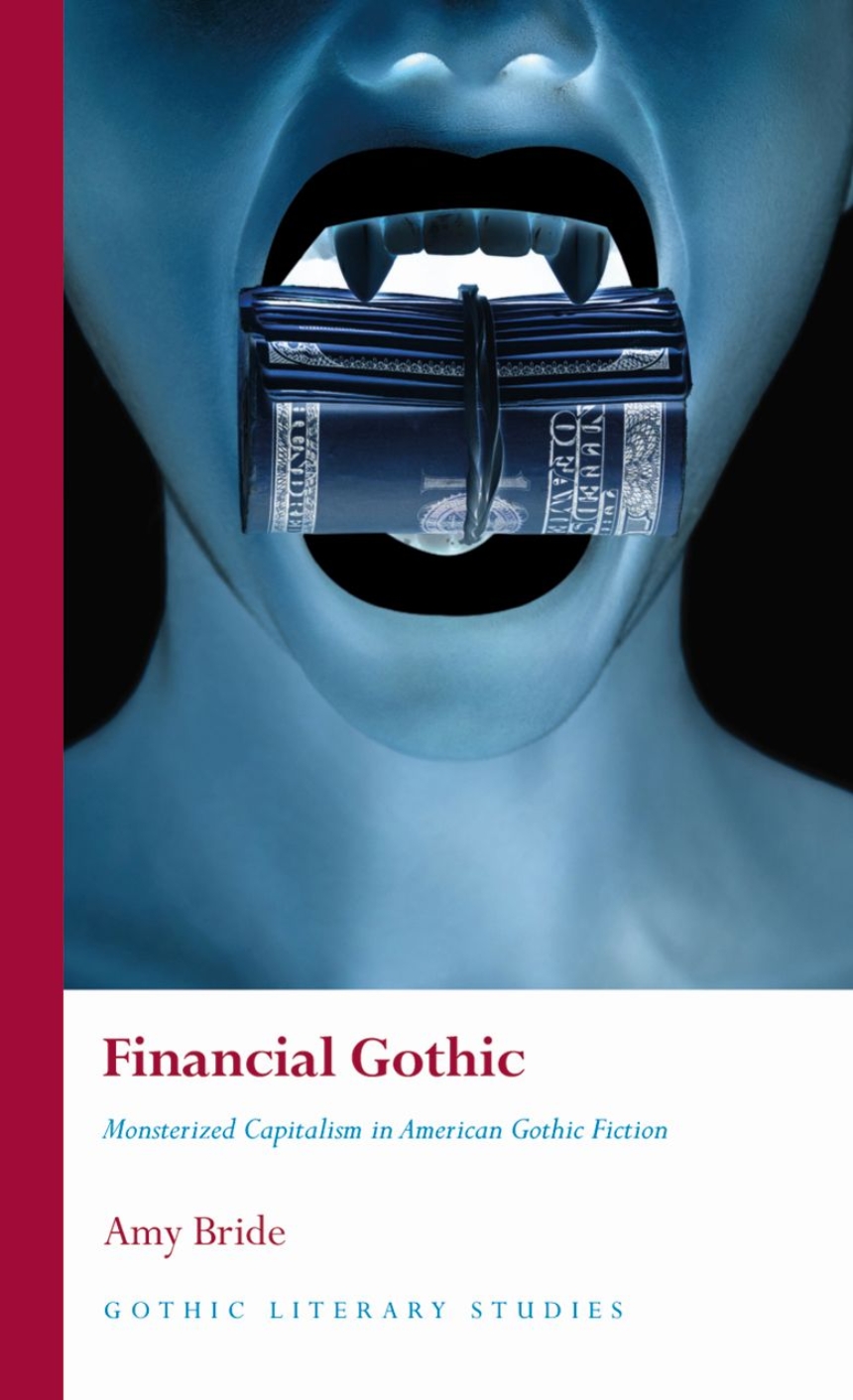9781837720637
Distributed for University of Wales Press
Financial Gothic
Monsterized Capitalism in American Gothic Fiction
A new study of Gothic American fiction through the lens of capitalism.
Financial Gothic reads Frankensteinian monsters, haunted houses, vampires, and zombies in American fiction and film as cultural responses to financial phenomena from 1886 to the present day. The study also considers the preexisting consensus on racial readings of American gothic fiction, and how these interpretations of the slave trade can be expanded upon in conversation with their financial contexts.
Financial Gothic reads Frankensteinian monsters, haunted houses, vampires, and zombies in American fiction and film as cultural responses to financial phenomena from 1886 to the present day. The study also considers the preexisting consensus on racial readings of American gothic fiction, and how these interpretations of the slave trade can be expanded upon in conversation with their financial contexts.
280 pages | 7 halftones | 5 1/2 x 8 1/2 | © 2023
Economics and Business: Economics--History
Literature and Literary Criticism: General Criticism and Critical Theory
Reviews
Table of Contents
Acknowledgements
List of Figures
Introduction: Gothic Finance and Financial Gothic
Chapter One: ‘It’s Alive!’: The 1929 Wall Street Crash and Pulp/Popular/Political Monsters
Chapter Two: ‘The Evil is the House Itself’: Credit, Citizenship, and the Postwar Haunting House
Chapter Three: Deregulation Sucks: Mass Consumption of Liquidity and the Deregulated Vampire
Chapter Four: ‘Myself is Fabricated, An Aberration’: LateCapitalism and the Hyperreal Vampire
Chapter Five: Mindless Consumers: The 2008 Crash and the PostMillennial Zombie
Conclusion: Monsterized Capitalism and Capitalist Monsters
Works Cited
Glossary of Financial Terms
List of Figures
Introduction: Gothic Finance and Financial Gothic
Chapter One: ‘It’s Alive!’: The 1929 Wall Street Crash and Pulp/Popular/Political Monsters
Chapter Two: ‘The Evil is the House Itself’: Credit, Citizenship, and the Postwar Haunting House
Chapter Three: Deregulation Sucks: Mass Consumption of Liquidity and the Deregulated Vampire
Chapter Four: ‘Myself is Fabricated, An Aberration’: LateCapitalism and the Hyperreal Vampire
Chapter Five: Mindless Consumers: The 2008 Crash and the PostMillennial Zombie
Conclusion: Monsterized Capitalism and Capitalist Monsters
Works Cited
Glossary of Financial Terms

